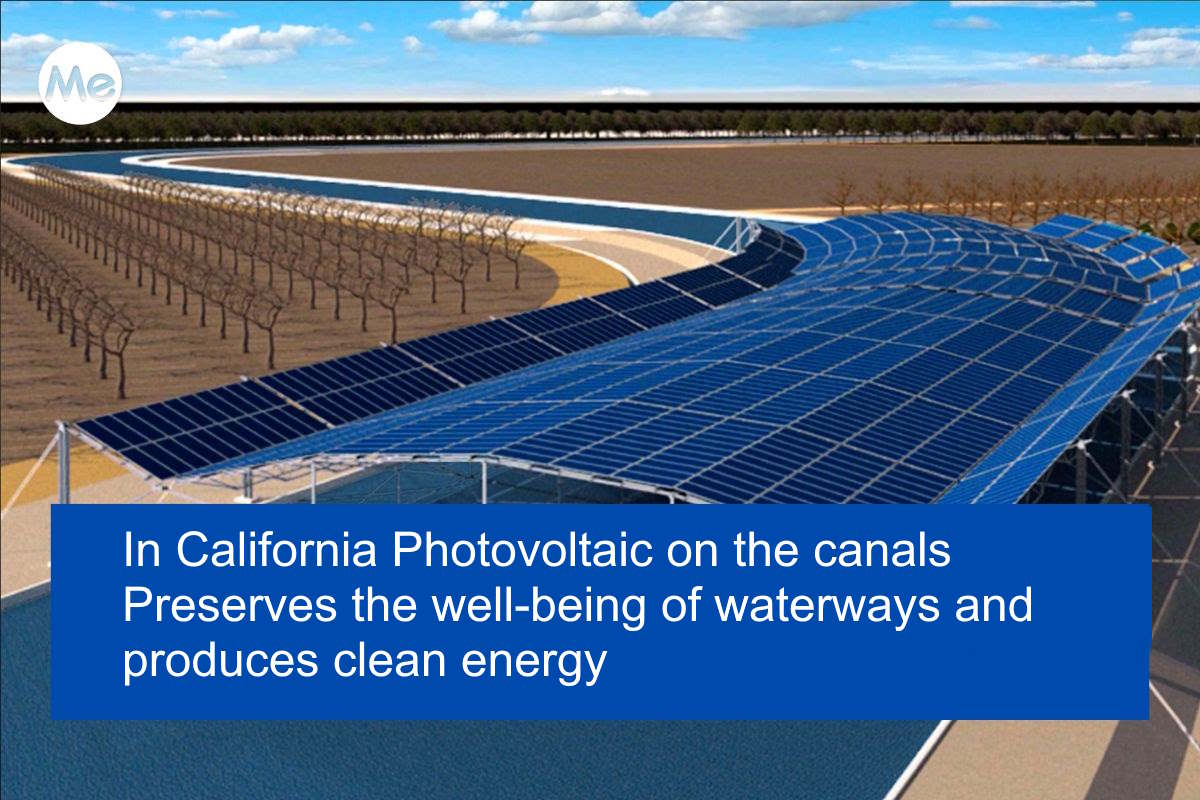Floating photovoltaic panels on waterways to protect basins from evaporation caused by high temperatures and produce clean energy. It is a project that is spreading in California where drought and fires give the territory and the inhabitants no respite

Floating solar panels, known as “floatovoltaics” in the U.S., are revolutionizing the way we generate clean energy and maintain water health.
Unlike the traditional solar panels we see on rooftops and on land, these panels float on bodies of water such as lakes, rivers, and reservoirs. This innovative approach does not require land, thereby preserving agricultural space. Additionally, these panels significantly reduce water evaporation, maintaining stable water levels while using the water to cool the panels, increasing their efficiency.
In the United States, a country abundant with large lakes, rivers, and canals, this technology is gaining traction, particularly in California where droughts and wildfires are a constant challenge.
The visionaries behind floatovoltaics
A few years ago, two entrepreneurs introduced this idea with the promise of protecting water bodies while producing renewable energy. Jordan Harris, a former record label executive, and Robin Raj, a social campaign organizer, are the founders of Solar AquaGrid. They aim to launch the first canal-covering solar panel project in the United States.
Academic support and political backing
Their vision is supported by a study from the University of California, Merced, which estimates that covering California’s 4,000 miles of canals with solar panels could save approximately 63 billion gallons of water annually. Moreover, these panels could generate 13 gigawatts of energy, sufficient to power the entire city of Los Angeles from January to early October.
Harris and Raj have successfully garnered political support. The state has allocated $20 million in public funds, transforming the pilot project into a collaboration among the private, public, and academic sectors. This project will cover about 1.6 miles of canals.
Source: Euronews
